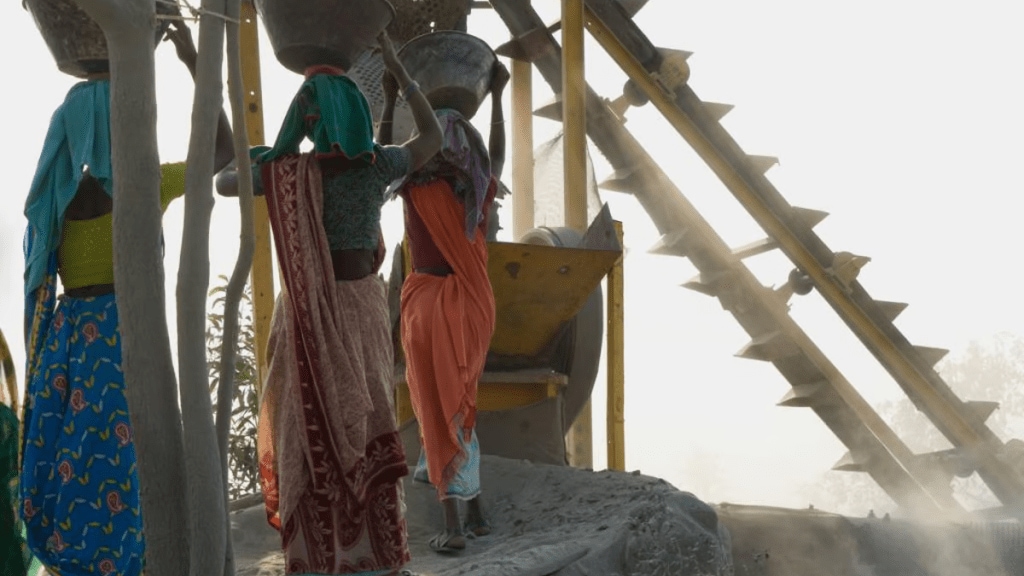Work demanded by individuals under the Mahatma Gandhi National Rural Employment Guarantee Act (MGNREGA) contracted for the ninth month in a row in July, indicating a rise in economic activities in urban areas. Economists say an improvement in farm-sector employment because of higher demand for labour for kharif sowing might also have dampened the demand for the guaranteed daily jobs under the scheme.
In July, 22.8 million individuals demanded work under the flagship rural employment scheme as compared with 29.1 million in the same month last year, a year-on drop of 21.6%. These individuals represented 18.9 million households, a drop of 19.5% year-on-year as compared with 23.5 million households that demanded work in July last year.
The MGNREGA guarantees 100 days of work per household in a year. It is demand-driven which means that employment is generated only when there is no alternative paying better wage. In fact, demand for work drops when individuals find better-paying job opportunities.
The sharpest year-on drop for work demand by individuals was in June this year when 34.2 million individuals demanded work under the scheme as compared with 44.2 million in the same month last year, a drop of 22.5%. In terms of households, 26.4 million demanded work in June this year as compared with 33.7 million in the same month last year, a year-on-year drop of 21.7%.
Madan Sabnavis, chief economist, Bank of Baroda, says the fall in work demanded can be attributed to workers migrating to urban areas. “There was reverse migration during Covid pandemic which is getting reversed,” he says and points out that MGNREGA is generally provided between two sowing seasons. “As sowing is on there would again be less demand for such work. Third factor can be that fewer projects are made available by some states.”
Above normal south west monsoon across the country has also contributed to the lower work demand under the scheme. It has led to large-scale migration of rural workers for crop sowing, reducing the need for unskilled jobs under the scheme.
The overall rainfall this season till Monday since the beginning of monsoon season in June has been 5.6% above the benchmark long period average (LPA) or “above normal”. In fact, the India Meteorological Department (IMD) has stated that out of 729 districts, 73% have received rainfall in the range of ‘large excess’ to ‘normal’ range so far.
N.R. Bhanumurthy, director, Madras School of Economics, says the spread of south west monsoon across the country has led to rise in farm activities and even non-farm activities had picked up during the period of general elections because of higher spending. “There is a revival in construction activities in both urban and rural areas which has led to less demand for work under MGNREGA,” he says.
This year’s Budget has allocated Rs 86,000 crore for the flagship rural employment scheme, the same level allocated in FY24 and down 5.3% from Rs 90,808 crore in FY23.

